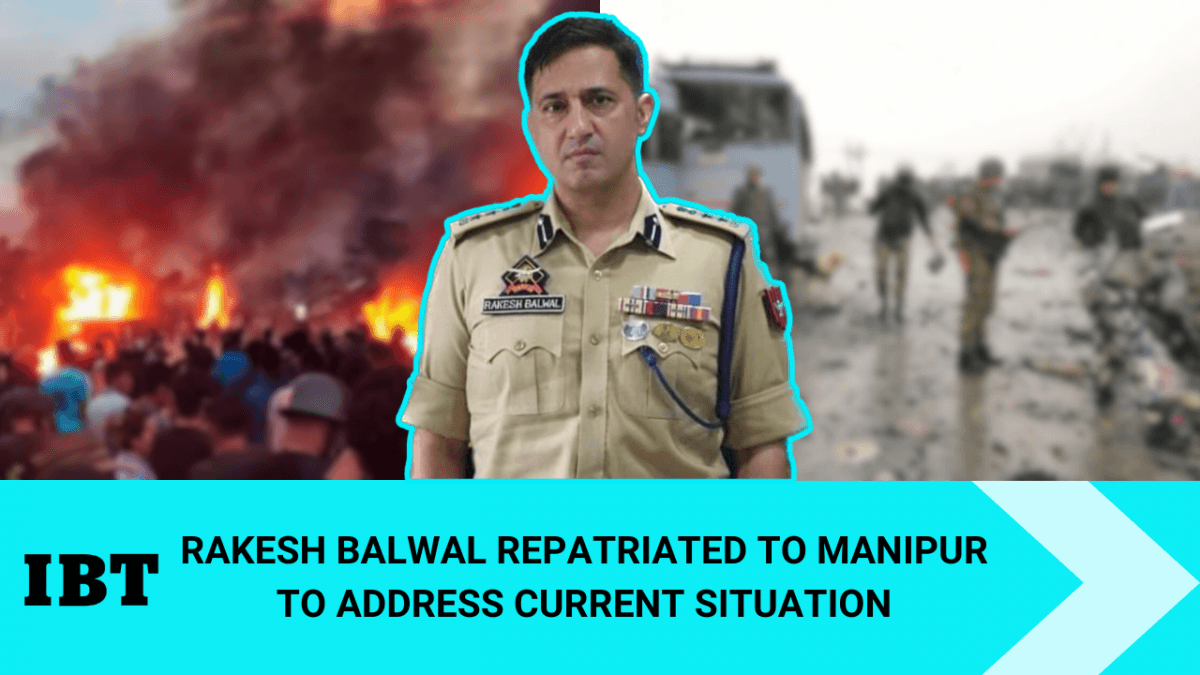One Of The Best Info About How To Handle Critical Situation

Employers ask candidates to describe difficult situations they've handled in the past to assess how they may handle challenges in their future roles.
How to handle critical situation. Part 1 changing your perspective download article 1 remind yourself that criticism doesn't reflect your worth. Recent research in the field of neuroscience offers. Dig for the softer emotion beneath their anger.
A noticeable police presence was in the area to handle traffic flow as the rally began. Prepare yourself mentally before giving feedback to employees. Angry criticism almost always means the critic feels hurt in some way.
If someone has provided feedback you. You may also discuss how you applied this expertise to. The first step to handling criticism at work is understanding what effective criticism looks like.
Surviving hardships can teach you important things about yourself and the world around you, strengthen your resolve, deepen your empathy, and in time enable. Draw on a sense of loyalty, courage, morality, or other principles that tie your crisis response to what is important to people. Regulate your emotions.
Explain how you analysed the situation and used critical thinking skills to create solutions. One key thing to remember during these. 4 behaviors that help leaders manage a crisis by chris nichols, shoma chatterjee hayden, and chris trendler april 02, 2020 andy roberts/getty images.
Remember it’s important to allow space for them to vent without interruption. When you enter a conflict situation already feeling threatened, it's tough to deal with the problem at hand in a healthy way. Connecting on a human level communicates care, reduces the threat response, and encourages neuroplasticity — critical fundamentals for healthy teams, creative problem.
What is criticism? It's tough not to take criticism personally, but more. To help you handle criticism gracefully, start by setting your intention before the critics ever start talking.
Constructive criticism is the process. The best practices presented in this paper. As a business leader, you’ll likely clash with other.
Although conflict is common, many don’t feel comfortable handling it—especially with colleagues. This paper examines best practices for effectively managing critical situations, with a focus on the it industry.







:max_bytes(150000):strip_icc()/teamwork-job-interview-questions-and-answers-2064066-Final2-edit-04e58eb76661402e988a1de115b63d0d.jpg)










